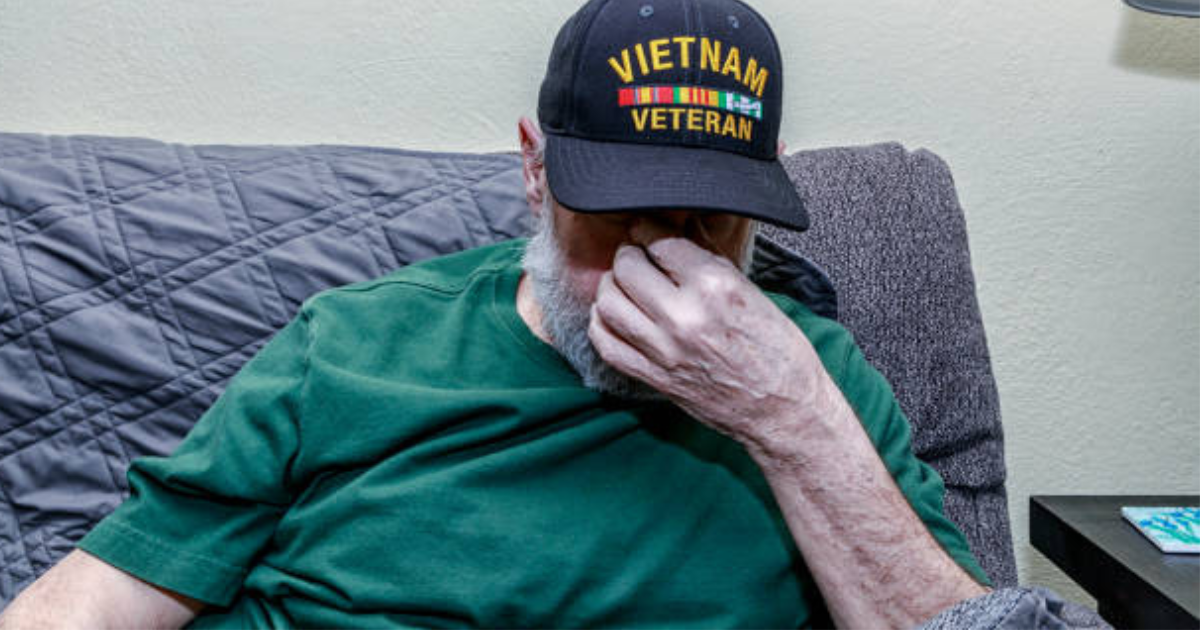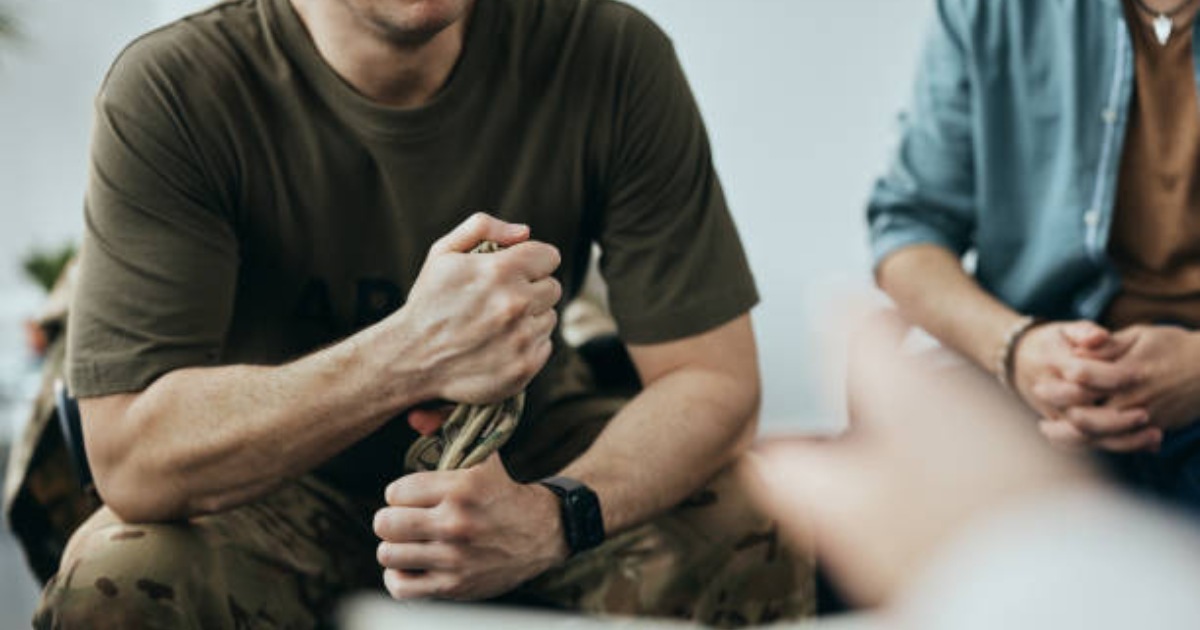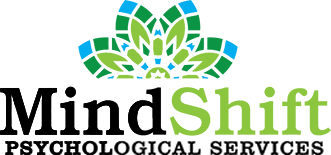PTSD Among Veterans: How to Manage It

Between 2008 and 2017, more than 60,000 veterans in the United States died by suicide. Those with post-traumatic stress disorder (PTSD) face a higher risk of suicidal thoughts and attempts. Approximately 12 to 20% of veterans are estimated to have PTSD. This rate is higher than that of civilians due to exposure to life-threatening situations related to combat, war, and a high incidence of sexual trauma within the military.
It is possible that there are cases of PTSD that go unreported because of ignorance, shame, or fear. That is why it is important that veterans have resources to manage their PTSD and supportive and loving people that will help in their recovery.
What is post-traumatic stress disorder?
PTSD is a psychological reaction to experiencing severe traumatic events, particularly those that endanger one’s life. It can affect individuals of any culture, age, or gender. Despite being more widely discussed in recent years, the condition has been recognized as existing since ancient Greece.
Traumatic stress can be seen as part of a normal human response to intense experiences. For most people, the symptoms of PTSD reduce or disappear over the first few months, especially with the help of caring family members and friends. However, for some, dealing with PTSD can be a lifetime challenge. There are times when symptoms last for months or even years.
Some of the most common symptoms of PTSD among veterans include:
- Avoiding people, settings, or actions that trigger the trauma
- Recurring flashbacks, nightmares, or intrusive memories linked to the traumatic incident
- Experiencing emotions of sadness, fear, and anger
- Maintaining an extreme alertness towards the environment
- Difficulty with sleep and concentration.
How can you help veterans with their PTSD?
Most times, the closest people to the veteran would notice right away that there was something wrong. During this challenging time, it is crucial that family members and friends prioritize the veteran’s well-being. They should find a way to show their love and support for them so they can feel better.
Listen to a veteran’s story.
If your loved one is a veteran who has PTSD and wants to talk about their experiences, encourage them to do so. Be a good listener by keeping an open mind and paying attention to what they say. If you have any questions, make sure they are not intrusive. Avoid giving advice or opinions unless they ask for them. Give them the space and time they need to express themselves without feeling rushed.
Learn and understand what the treatment options are for PTSD among veterans.
There are two types of treatments that have been shown to be successful in treating PTSD: counseling and oral treatments. Researchers have made significant progress in recent years in comprehending the causes of PTSD and how to address it. Educate yourself about the available options to be able to discuss treatment alternatives with your loved one.
Encourage your loved one to talk to other veterans with similar conditions.
The Veterans Administration in your area can provide expert assistance. This includes collaborating with peer specialists and engaging in counseling for family members or group therapy sessions. A peer specialist is someone who has undergone training and certification to help others overcome mental health issues and has experienced a mental health condition themselves.
Build strong social support.
While it is important to support your loved one with PTSD, you should not be their sole source of social support. Encourage them to maintain other relationships and confide in at least one other trustworthy person. Veterans with PTSD often withdraw socially, so gently encourage your loved one to engage in social activities and interactions.
Provide them with a sense of safety.
Make sure your loved one with PTSD feels secure and stable. Consistency and dependability are crucial for their recovery. Even if you cannot always be available, try to maintain a reliable presence in their life. Respect your loved one’s privacy and understand that recovery is a personal process that takes time. Keep everything they tell you confidential unless you have genuine concerns about their safety or the safety of others. In that case, it is important to seek professional help.
What are the treatment options for PTSD among veterans?

Getting appropriate treatment for PTSD can be a complicated process. Firstly, the person must acknowledge that there is an issue and recognize the benefits of seeking help. Seeking help can be a daunting task for many, as it often involves stepping into the unknown. Without taking this initial step, progress is difficult to make. Secondly, it can be challenging to find a professional who understands PTSD and with whom you feel comfortable enough to build trust. It may be necessary to try several sources of help before finding the right one. It may be helpful to ask for advice or professional recommendations from your doctor, a community health center, or a veterans’ organization.
Aside from antidepressants, numerous studies have been conducted to determine the most effective psychotherapies for PTSD treatment. The findings indicate that cognitive-behavioral approaches are the most beneficial. These therapies, which include cognitive processing therapy, prolonged exposure therapy, and eye movement desensitization and reprocessing (EMDR), assist veterans in processing the trauma they have endured and developing skills to change their thoughts, emotions, and behaviors connected to the traumatic event.
Mindshift Psychological Services provides therapy programs for veterans with PTSD. Visit their website to learn more about this therapy. You may also contact them at (714) 584-9700 to schedule an appointment.



